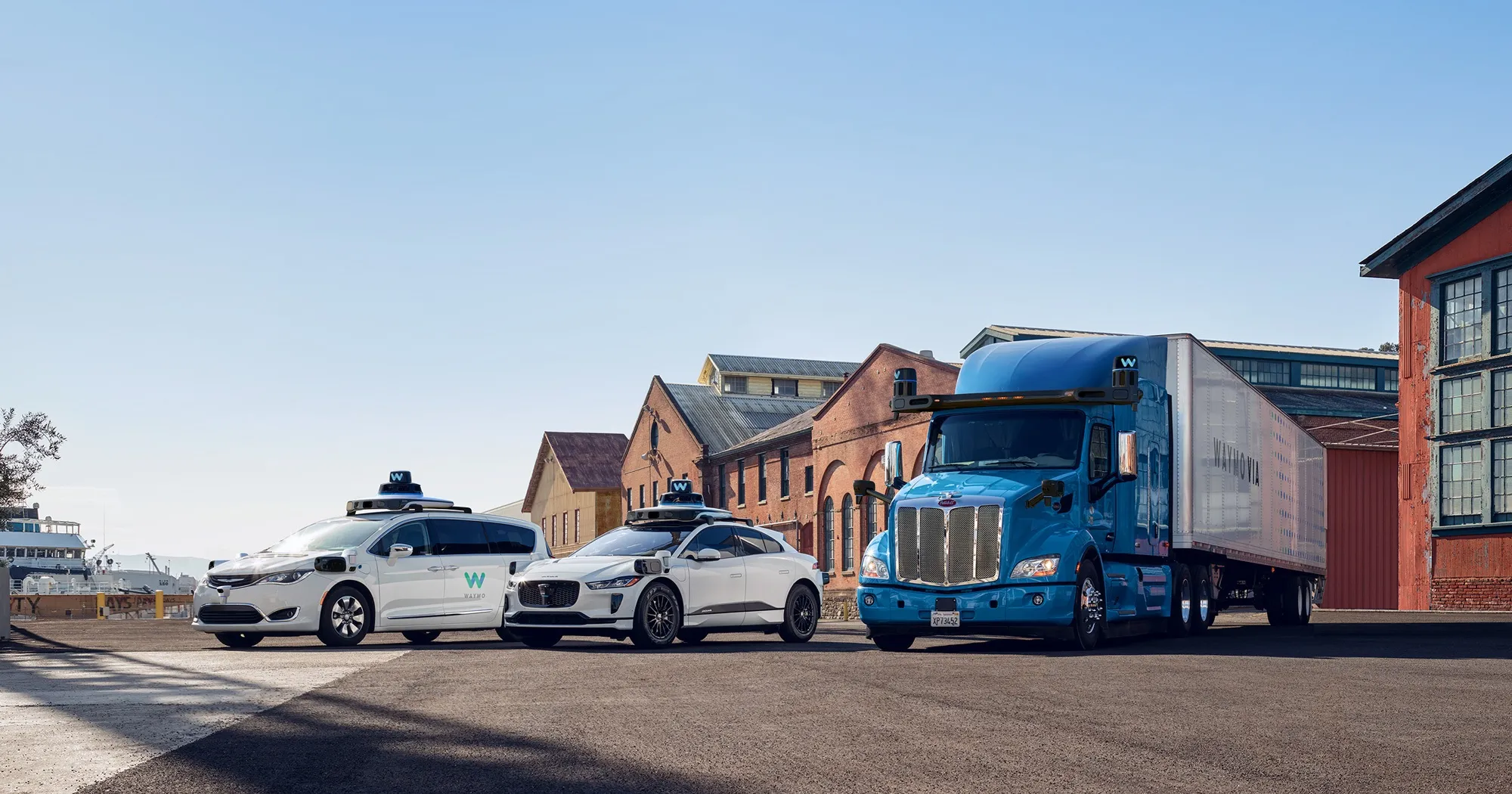
Connected and automated mobility (CAM) provider Zenzic has launched the third year of its CAM Scale-Up Programme, which aims to help start-ups and SMEs to quickly verify their own CAM solutions.
In partnership with Plug and Play, which gives investment support, last year the scheme took on six successful CAM technologies;
• Albora Technologies – providing solutions for navigating challenging environments through high-accuracy geolocation technology
• Exeros Technologies – Improving insurance savings and reducing accident rates through live GPS tracking
• Grayscale AI – using neuromorphic software to provide human-like precision to navigating roads
• R4DAR Technologies – revolutionising the safety of vulnerable road users by using point-to-pint radar technology
• Route Konnect – the edge processing solution that provides in-depth insights into movement within cities
• Xtract – transforming how motor claims are processed through their connected claims platforms
Participants in this year's programme will benefit from a share of £500,000 UK government funding through the Centre of Connected and Autonomous Vehicles (CCAV) as well as testing facilities in controlled and real-world environments through CAM Testbed UK.
“One of the continued barriers to entry for start-ups and SMEs is access to testing facilities,"explains Michael Talbot, deputy head at CCAV.
Mark Cracknell, Zenzic's programme director – CAM, says: "As the UK government rolls out investment for the commercial deployment of CAM, this year’s programme will support these ambitions by giving more start-ups and SMEs the opportunity to accelerate their products to market”.
Kieran Borrett, head of Plug and Play London, said: "The programme continues to demonstrate that starts-ups and SMEs experience a nine-to-12 months of product development acceleration, providing credibility for future investment and international exposure."
Click here for more information.










